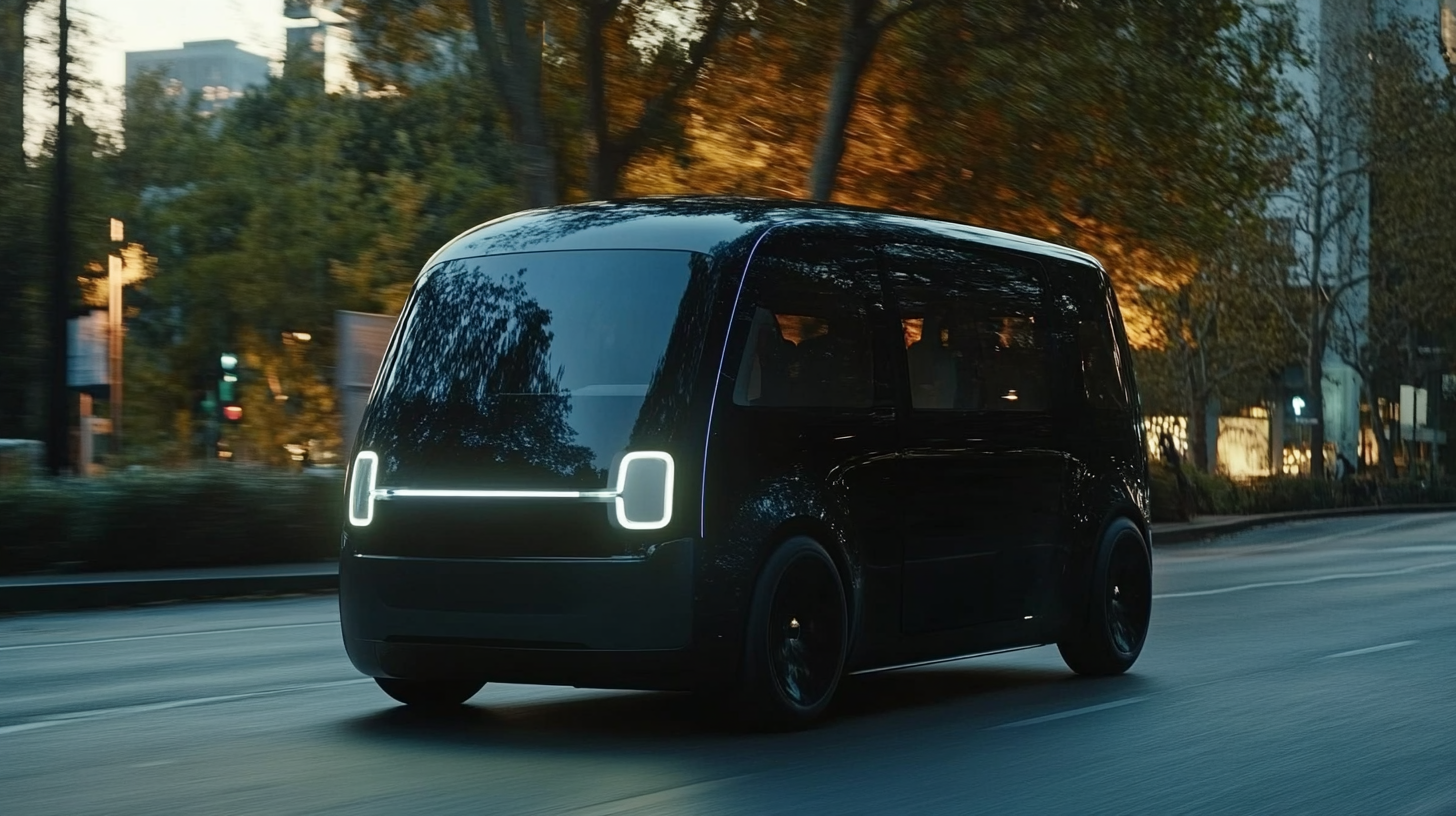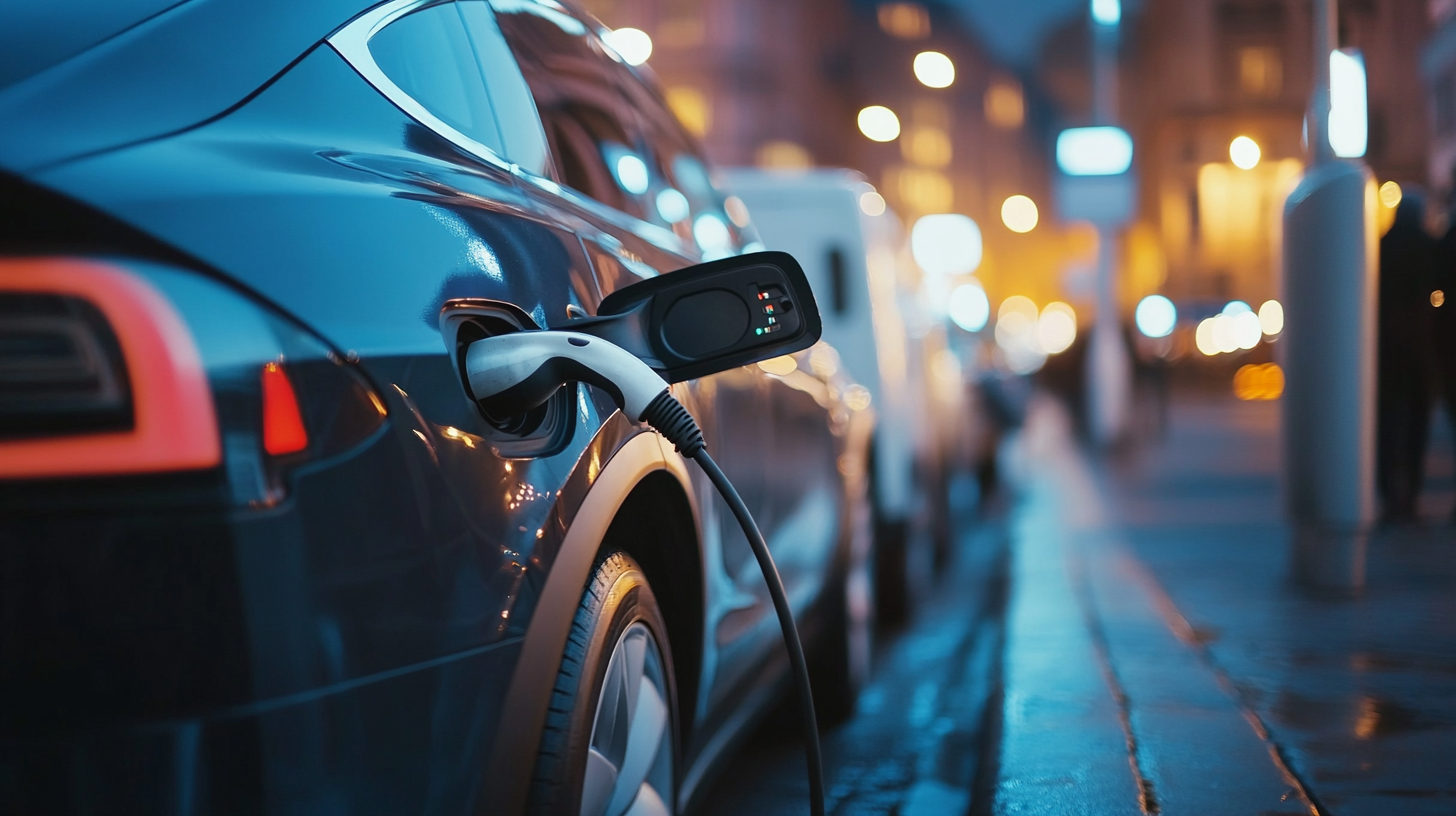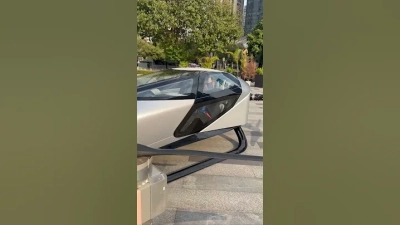Sorry. We did not find anything.
How to Experience the Future of Transportation with New Electric Vehicles
The advent of New Electric Vehicles (NEVs) is revolutionizing the transportation landscape, providing a glimpse into a more sustainable and efficient future. As cities strive to reduce carbon emissions and address the challenges of urban congestion, these innovative vehicles are at the forefront of a green movement, merging technology with environmental consciousness. Whether it’s through improved battery life, enhanced charging infrastructure, or cutting-edge design, NEVs promise not only to transform the way we travel but also to change our relationship with mobility itself. In this blog, we will explore the exciting advancements in New Electric Vehicles, the societal shifts they inspire, and how they can elevate our everyday commuting experiences. Join us as we uncover the potential of NEVs and what they mean for the future of transportation.

Exploring the Evolution of Electric Vehicles in Modern Transportation
The evolution of electric vehicles (EVs) is transforming modern transportation at an unprecedented pace. According to a report by the International Energy Agency (IEA), global electric car sales reached 6.6 million units in 2021, marking a remarkable increase of 108% compared to the previous year. This surge is a clear indicator of the growing acceptance of EVs as a viable alternative to traditional internal combustion engine vehicles. Furthermore, the IEA projects that the number of electric cars on the road could reach 145 million by 2030, reflecting an increasing shift towards sustainable mobility.
As EV technology advances, manufacturers are continually enhancing performance, range, and charging infrastructure. A notable example is the increasing energy density of batteries, which has improved by about 80% over the past decade. This improvement has allowed leading EV models to achieve ranges of over 300 miles on a single charge, alleviating concerns about range anxiety. Additionally, the development of fast-charging networks is making long-distance travel more feasible, with some stations capable of charging a vehicle in under 30 minutes.
Moreover, the integration of EVs into smart grid systems is paving the way for a cleaner energy future. According to a report by BloombergNEF, the global market for electric vehicle batteries is expected to surpass $300 billion by 2030, highlighting the investment in renewable energy solutions tied to EV usage. With governments around the world implementing policies and incentives to encourage EV adoption, the evolution of electric vehicles is not just a trend but a critical component of modern transportation systems moving towards sustainability.
Evolution of Electric Vehicles Over the Years
The Environmental Impact of Embracing Electric Mobility Solutions
As the world confronts the dire consequences of climate change, the adoption of electric vehicles (EVs) emerges as a promising solution to mitigate environmental impact. Transitioning from traditional gasoline-powered cars to EVs significantly reduces greenhouse gas emissions, a leading contributor to global warming. By harnessing renewable energy sources for charging, the carbon footprint associated with transportation can be further diminished. This shift not only contributes to cleaner air but also supports the global effort toward a sustainable future.
Moreover, embracing electric mobility solutions fosters a reduction in noise pollution, enhancing the quality of urban life. Unlike their combustion engine counterparts, EVs operate quietly, which helps create more peaceful urban environments. Cities can benefit from less traffic noise, promoting healthier living conditions for residents. Additionally, as tech innovations continue to evolve, electric vehicles are becoming more efficient, cost-effective, and accessible, making them a practical choice for consumers. As society moves towards electrification, the collective choice to adopt EV technology promises to not only preserve our planet but also transforms the way we think about mobility.

Innovative Features and Technologies in New Electric Vehicles
As the world shifts towards sustainability, new electric vehicles (EVs) are at the forefront of this transportation revolution. These innovative machines are designed not just for eco-friendliness but also packed with impressive features that enhance the driving experience. Among these advancements, cutting-edge battery technology stands out, allowing for longer ranges and faster charging times. This means that drivers can enjoy fewer stops and more time on the road, breaking down barriers that once deterred potential EV adopters.
In addition to their impressive range, new electric vehicles are equipped with smart technologies that improve both safety and convenience. Many models feature autonomous driving capabilities, utilizing advanced sensors and AI algorithms to assist with navigation and traffic control. These technologies not only make commuting more efficient but also significantly reduce the risk of accidents. Furthermore, the integration of smart connectivity allows cars to interact with smartphones and home systems, creating a seamless ecosystem that enhances overall user experience and offers personalized control over vehicle settings. With all these innovations, the future of transportation is not just about going electric; it's about reimagining how we move through our world.
Consumer Perspectives: Why Electric Vehicles Are the Future
The shift towards electric vehicles (EVs) is not merely a trend but a significant evolution in the transportation landscape, driven largely by consumer perspectives. According to a 2021 survey by McKinsey, nearly 70% of consumers expressed a strong interest in electrification, citing environmental concerns and fuel savings as primary motivations. As awareness of climate change intensifies, the demand for cleaner alternatives has surged, leading to a projected increase in EV market share from 3% in 2020 to an estimated 30% or more by 2030.
Furthermore, the automotive industry has responded to this demand by investing heavily in new technologies and infrastructure. A report from BloombergNEF indicates that global EV sales could reach 11 million units by 2025, driven by innovations in battery technology and the expansion of charging networks. Consumers are increasingly seeking the benefits of EVs, such as lower running costs and reduced emissions, which are now complemented by government incentives and evolving consumer attitudes towards sustainability. This evolving landscape suggests that electric vehicles are not just a fleeting phase but a pivotal element of future transportation solutions.

Navigating the Challenges of Transitioning to Electric Transport Systems
As cities around the world embrace a greener future, transitioning to electric transport systems presents both opportunities and challenges. A recent report by McKinsey emphasizes that by 2030, electric vehicles (EVs) could account for up to 30% of global car sales, driven largely by advancements in battery technology and increased commitment from governments to reduce greenhouse gas emissions. However, this shift requires substantial investments in charging infrastructure, with a projected need for over 2 million public charging stations by 2030 to adequately support the growing fleet of EVs.
Moreover, the integration of electric transportation into existing urban environments poses logistical challenges. A study from the International Energy Agency (IEA) warns that without proper planning, cities may face congestion issues exacerbated by the influx of new electric vehicles. This highlights the importance of developing smart grid technologies and vehicle-to-grid solutions that enable EVs to not only draw power but also supply energy back to the grid during peak demand times. Only through strategic investments and innovative planning can cities successfully navigate the complexities of this transition, ensuring that sustainable transportation is not just an ideal, but a reality for future generations.
How to Experience the Future of Transportation with New Electric Vehicles
This pie chart illustrates the various challenges and opportunities associated with the transition to electric transport systems. The data presented highlights the key aspects affecting the adoption of electric vehicles.



